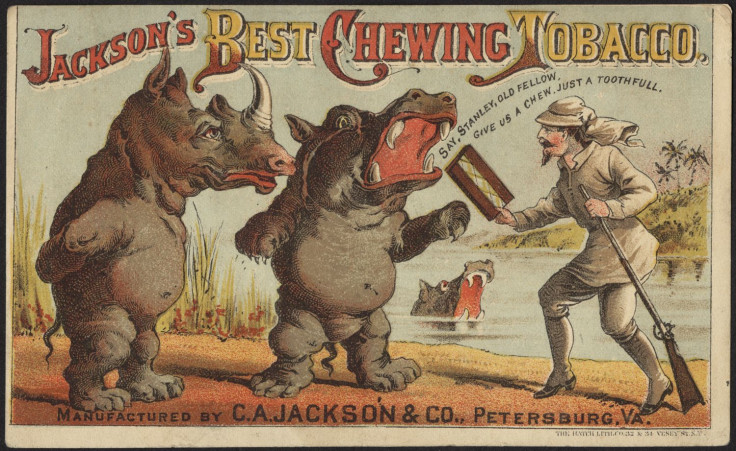Smokeless Tobacco Is Popular Among Athletic High School Students; Athletes Unaware Of Risks, Finds CDC

When it comes to tobacco use among teenagers, it’s a good news/bad news type of situation, according to a recent report released by the Centers for Disease Control Thursday.
They concluded that while the percentage of teens using tobacco has substantially declined from 2001 to 2013, there has been a slight increase in the use of smokeless tobacco products such as snuff among teen athletes.
Analyzing data taken from the Youth Risk Behavior Survey, a national "biennial, school-based survey of U.S. high school students," the authors found that the current use of all combined tobacco products was self-reported to be 22.4 percent among 9th to 12th graders, compared to 33.9 percent in 2001. In terms of "combustible" tobacco products, such as cigarettes, their use declined from 31.5 percent to 19.5 percent from 2001 to 2013. Male and older students were more likely to use any form of tobacco, while non-Hispanic black and Hispanic students were less likely to pick up the habit.
But when the authors looked at high school athletes — defined as those who took part in at least one team sport during the past 12 months — they discovered a curious trend.
"During 2001–2013, current use of smokeless tobacco increased significantly among high school athletes, but not among high school nonathletes; athletes reported higher use of smokeless tobacco, but lower use of combustible tobacco products than nonathletes," they wrote. "The lower use of combustible tobacco products among athletes might reflect an awareness of the adverse consequences of smoking on athletic performance, including reduced lung and cardiovascular function, reduced overall fitness, and poor wound healing."
More specifically, the percentage of high school athletes using smokeless tobacco products increased from 10 percent to 11.1 percent from 2001 to 2013, with teens who played on three sports teams slightly more likely to use smokeless tobacco than those who only played on one or two.
Though athletes are reluctant to indulge in cigarette smoking, the authors believe that they’ve held onto several misconceptions about their smokeless counterparts.
"[T]he higher smokeless tobacco use among athletes compared with nonathletes suggests athletes might perceive these products as being harmless, socially acceptable, or even a way to enhance athletic performance," they wrote. "Using smokeless tobacco products can adversely affect athletic performance and cause disease and premature death because they can contain nicotine, toxins, and carcinogens."
As a grim reminder, they note that several professional athletes with a history of smokeless tobacco use have died from oral cancer.
They also believe that the advertising of smokeless tobacco products as a legal alternative to cigarettes (where they might be otherwise banned) has influenced its popularity among high school athletes. While smokeless tobacco products aren’t allowed in Minor League Baseball, their use is allowed, if restricted, in Major League Baseball, the authors explain.
Despite their findings, the authors are hopeful about the ability for public health initiatives to reach out to teen athletes.
"Sports activities present opportunities to reach young persons with public health interventions," they concluded. "Tobacco education programs tailored to high school athletes, coupled with other population-level evidence-based interventions, have the potential to increase awareness of the dangers of tobacco use and to reduce the use of all forms of tobacco, including smokeless tobacco, among youth."
Source: Agaku I, Singh T, Jones S, et al. Combustible and Smokeless Tobacco Use Among High School Athletes — United States, 2001–2013. MMWR. 2015
Published by Medicaldaily.com



























